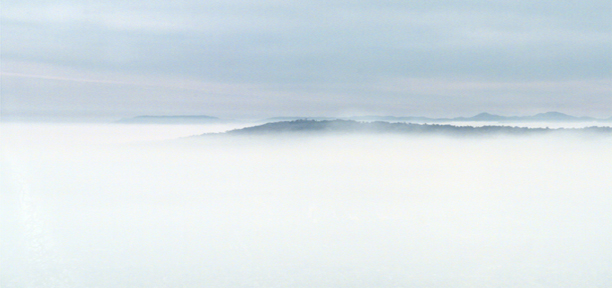|
syallbus |
|
2. Experiment as much as possible in this class. Try new things. 3. Take in as many on-campus lectures and critiques, they can enhance your online experience tremendously. 4. Take advantage of office hours on campus and online.
|
| technical
fundamentals |
|
Conceptual
Development Digital
Fundamentals
• Paper Selections • Photo Retouching Techniques . . . . . . . . . . Retouch Layers and Selection Masks . . . . . . . . . . Retouching in Channels . . . . . . . . . . Blemish, red eye quick fixes . . . . . . . . . . Restorations (BH) • Sharpening Techniques . . . . . . . . . . Which technique for the media you select . . . . . . . . . . When to sharpen, how much…. • Blending Modes • Blurring Techniques and when to use them • Masking Techniques . . . . . . . . . . Extractor Tool . . . . . . . . . . Using the image as the ultimate mask • Composites and Color Corrections (BH) • Color Corrections in CMYK, by the numbers (DM) • Curve Control • Textures and Patterns • Changing Product Colors • Alternative Processes . . . . . . . . . . Cross Process (slide and negative) . . . . . . . . . . Platinum & Paladium . . . . . . . . . . Cyanotype & Van Dyke . . . . . . . . . . Gum Bichromate . . . . . . . . . . Full Color Toning & Split Toning . . . . . . . . . . Duotones, Tritones, Quadtones • B&W Techniques . . . . . . . . . . Solarization Method . . . . . . . . . . Infrared Techniques . . . . . . . . . . B&W printing methods on RGB printers . . . . . . . . . . B&W archival printing on carbon-based pigment printers . . . . . . . . . . B&W Hand Coloring . . . . . . . . . . Line Drawing • Atmospheric Perspective & Language of Nighttime (JPC) • Natural Media Techniques . . . . . . . . . . Watercolor . . . . . . . . . . Oil and Impasto
Equipment
& Access List (access released progressively) Required Textbook •
Adobe Photoshop 7.0 for Photographers by
Martin Evening Excellent Optional Readings •
Real World Color Management by Bruce Fraser Grading and Participation Policies 1. It is your obligation to LOGIN and participate in this course EVERY WEEK during this semester. More than two weeks without logging in to this course can result in a drop from this class. Please email me immediately if you are experiencing problems or special circumstances. Five to seven hours of work per week online is anticipated as well as 2-4 hours on photo assignments every two weeks. 2.
Your FINAL GRADE will be an average of the
following components: 3. You will be required to complete TUTORIALS in Photo Assignments accessed through the Navigation Menu . These must be completed weekly adhering to the deadlines posted on the CALENDAR. They are designed to help test our comprehension of the new skills developed each week, NOT to demonstrate "expert" control. Grading will simply reward completion by deadlines and wil be as follows: 100% = completion by posted deadline; 60% = late; and 0% = no submission. 3. Every two weeks there will be conceptual PHOTO ASSIGNMENTS. Any photo assignment can be reshot for an improved grade up to the 15th week in this class (as long as you met the original deadline). Late submissions automatically receive a 60. No submission equals a zero. 4. A FINAL PORTFOLIO will be created in this class and will be weighted as 3 photo assignment grades, approximating 25% of your final grade. 5. There are occassional required BULLETIN BOARD DISCUSSIONS. This is a very important component of this class as it helps us develop a dialog surrounding important topics of interest and helps creates more connection between students and faculty in this virtual world. Your participation is required and is tracted by the same grading procedure as Tutorials. 100 = posted comment on the topic; 60 = late posting on the topic; 0 = no posting after 3 weeks. 6. QUIZZES / EXAMS are worth 15% of your final grade. Re-shoots and Final Deadlines 1. Any photo assignment can be re-shot for a better grade up until the 13th week of this course as long as it meets the following criteria: .
. . . . . . . . . You met the original deadline. 2. To re-submit an assignment for re-evaluation, EMAIL the new submission as as attachment to an email message with a subject title clearly identifying this email as a Re-Shoot submission (ie., "RESHOOT FOR CD COVER ASSN. #1). Be sure you've uploaded the new file and have attached it properly. 3.
Tutorials (or required
Bulletin
Board postings) can be submitted up to the 13th week
also. Zeros will be adjusted to 60% where approriate. |
| [ back to top ] LOWELL © 2003 |
